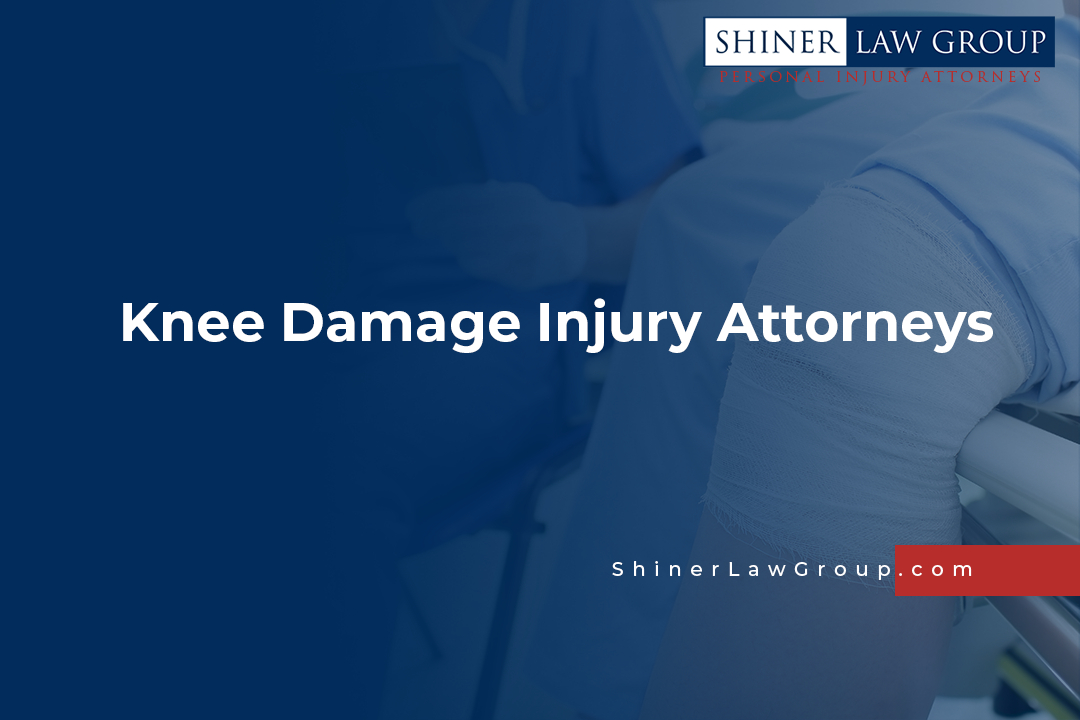Knee damage can result in severe instability, swelling and pain. The knee joint comprises fluid, ligaments, cartilage, and bone. Tendons and muscles helps in the movement of your knee. Therefore, if any tendons or muscles get injured, it can lead to knee issues. There are various types of knee injuries that can be painful and adversely impact your daily life, thereby requiring you to undergo surgery. Surgeries required for knee injuries depend on the severity and type of knee damage.
Types of Knee Injuries
Following are some of the main types of knee injuries:
Dislocated Kneecap
Knee dislocation occurs when one or more knee bones are out of alignment and proper placement. A dislocated kneecap may be caused due to contact sports, falls, car accidents and other such traumas and structural abnormalities.
Iliotibial Band (IT) Syndrome
IT band syndrome is the overuse injury of connective tissues, which are situated on the knee and outer thigh. It can result in tenderness and pain in those areas. It is one of the most common knee injuries in bicyclists and runners. It can be caused by various issues, including mechanical imbalances involving knees, hips, pelvis, and lower back, as well as decreased muscle flexibility, and bad training habits.
Meniscal Tear
This is also referred to as torn cartilage. The meniscus is a piece of knee cartilage that helps in stabilizing and cushioning the joint. A meniscal tear can be sudden, which mostly occurs during sporting activities; you might hear or feel a pop in your knee. However, a meniscal tear can also be slow, which is mostly caused by aging.
Osteoarthritis
This is referred to as wear-and-tear arthritis. It is a state in which the cartilage, which is the natural cushion between the joints, starts wearing off. This causes the bones in the knee joint to start rubbing against one another without the shock-absorbing advantages of cartilage. This leads to reduced moving ability, stiffness, swelling, and pain in the joints.
Patellar Tendinitis
This is commonly referred to as tendinitis or tendonitis and is a condition of overuse injury that affects your knee. This is caused due to an overstressed patella tendon. It is also called the jumper’s knee and is mostly common among athletes who play sports that involve frequent jumping, like volleyball and basketball.
Patellofemoral Pain Syndrome
This is a broad term that is used to explain the pain around the kneecap or patella and in front of the knee. This syndrome causes stiffness and pain, which makes it difficult for the individual to kneel down, climb stairs and perform other daily activities. The main factors contributing to this syndrome include vigorous training or athletics, issues with kneecap alignment, or repeated trauma on the kneecap.
These are some of the most common types of injuries sustained by individuals due to various causes. In addition, they typically require surgeries to ensure the proper working of the knee.

Surgery Required for Knee Injuries
If a knee injury is mild, you might only need some prescribed medication and rest to recover. However, if you have sustained a severe knee injury then you would have to undergo surgery. Following are some of the surgeries conducted for common types of knee injuries:
Arthroscopy
Also known as keyhole surgery or arthroscopic surgery, Arthroscopy is a minimally invasive surgery procedure performed on the knee joint. This surgery helps in relieving the painful symptoms of various issues that result in cartilage damage, as well as issues with the surrounding soft tissues.
Meniscus Repair
This surgical procedure is used to treat damaged meniscus. It helps in restoring the normal anatomy of your knee and provides a lasting prognosis when successfully performed.
Lateral Release
This surgical procedure is conducted to realign the patella or kneecap. It is performed when other nonsurgical processes have failed to reduce the pain in the kneecap, including activity modification, painkillers, icing, bracing, and physical therapy. When these measures to decrease the strain on kneecap fails, the best option is to surgically release the lateral retinaculum to reduce the strain.
Plica Excision
Plica is the tissue remnant that is leftover from the fetal development. During early development stage, the knee is divided into different compartments. These dividers gradually disappear with time but in certain cases, some remnants of the dividers remain. If the remaining tissue becomes prominent then it is known as plica. If the plica starts causing irritation or swelling in the knee then this condition is known as the plica syndrome, which can be treated through plica excision surgery.
Meniscus Transplant
This includes the placement of the meniscus from a donor to the patient who had their meniscus surgically removed but starts experiencing pain. This transplant isn’t performed for the meniscus tear but is for the condition in which the meniscus was completely removed from the knee and has resulted in causing constant pain.
Anterior Cruciate Ligament (ACL) Reconstruction
The ACL is one of the main ligaments of the knee. It is essential for the stability of your knee. The people suffering from ACL injury experience the sensation of their knee giving out. This injury is linked to sporting activities but might affect other individuals. To treat ACL, a surgical procedure called Anterior Cruciate Ligament reconstruction is performed on patients.
Microfracture
This is a procedure to treat the cartilage damage in your knee joint. This process helps in filling up any gap that has appeared in the cartilage.
Patellar Quadriceps Tendon Repair
The patellar quadriceps and tendon repair surgery is performed when the front of your knee sustains injuries which result in loss of strength. When there is a tear in the tendon, you would face difficulties in straightening your knee joint. There are no nonsurgical procedures to treat this tear, which is why this surgery is required.
Partial Knee Replacement
This replacement surgery is a treatment option for various kinds of knee arthritis. In cases where the loss of cartilage is restricted to a tiny part of the knee joint, there is a possibility of replacing that damaged part of the joint.
Knee Replacement Surgery
When damage to the cartilage is widespread then instead of the partial knee replacement, a total knee replacement surgery is required. In this surgery, a plastic and metal knee implant is placed in order to enhance the function of the knee joint.

Speak With An Accident Injury Lawyer
It can be a complex decision for a doctor to determine which surgery is best for their patient since every case is different. Your doctor might try out non-surgical procedures to help treat your knee damage first but if that fails, you would have to go through a surgical procedure. Knee damage is one of the common types of personal injuries or caused due to negligence accidents. Contact Shiner Law Group and get a free case evaluation of your case to determine the damages you might be entitled for due to someone else’s negligence.